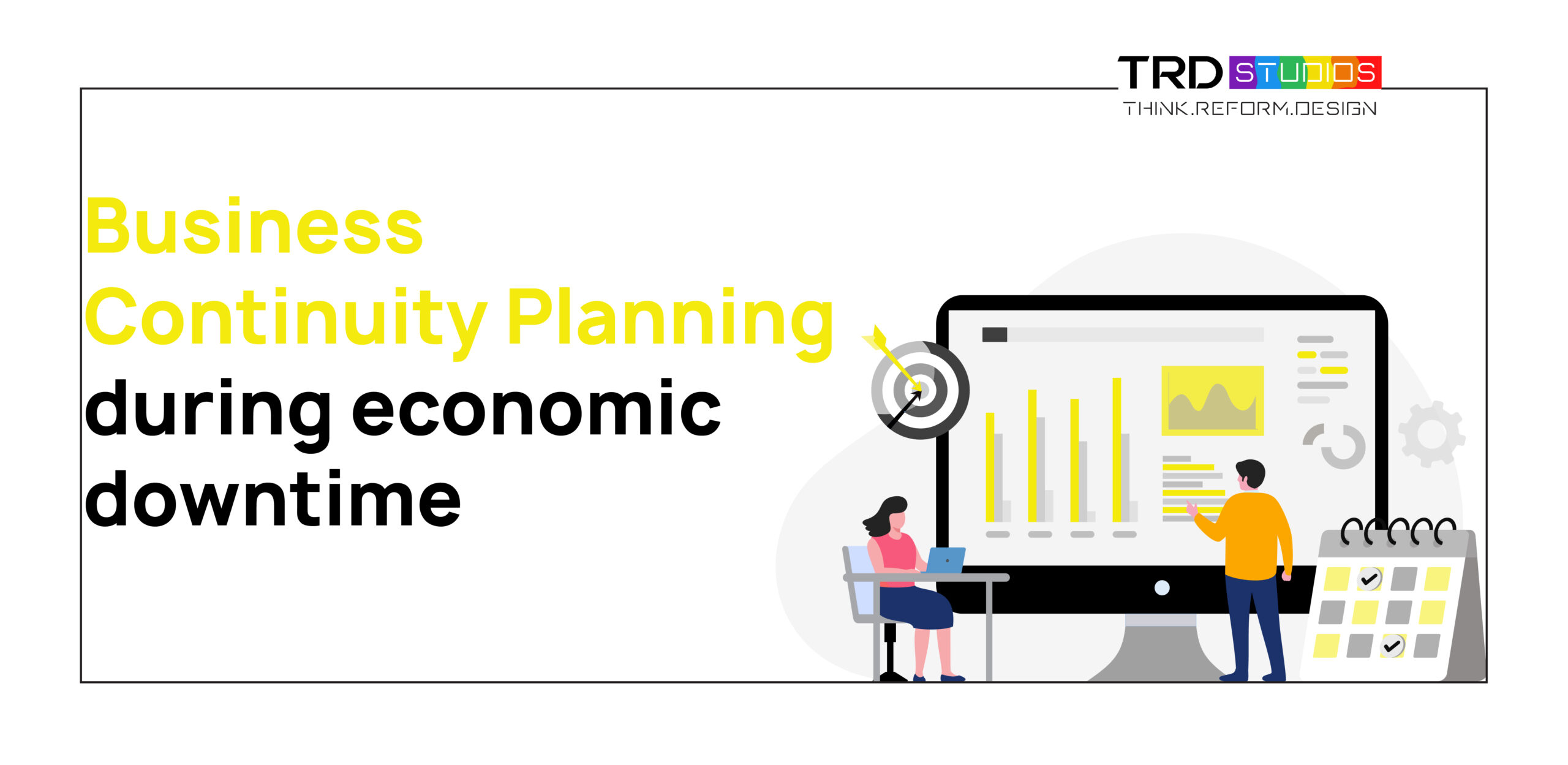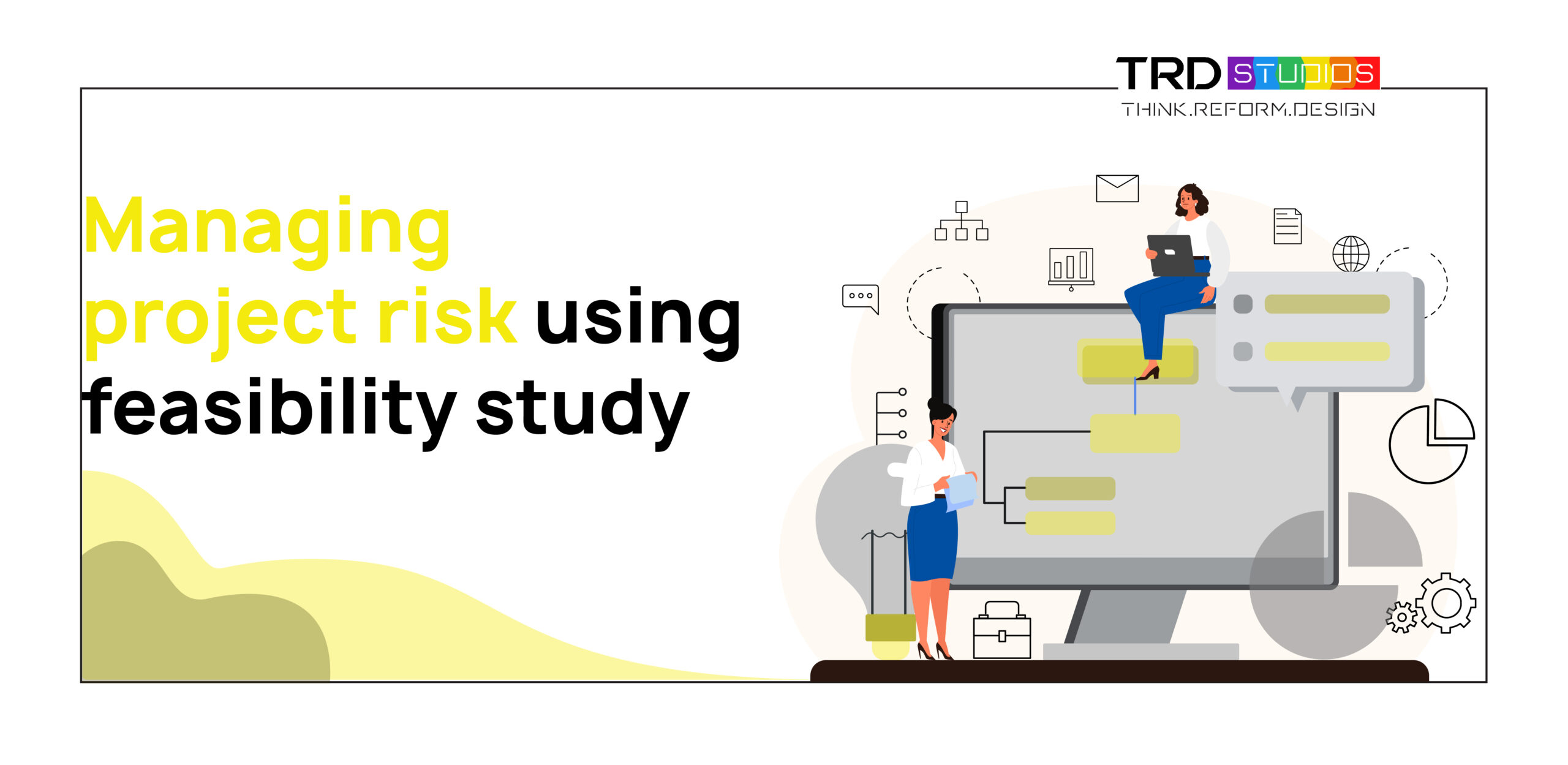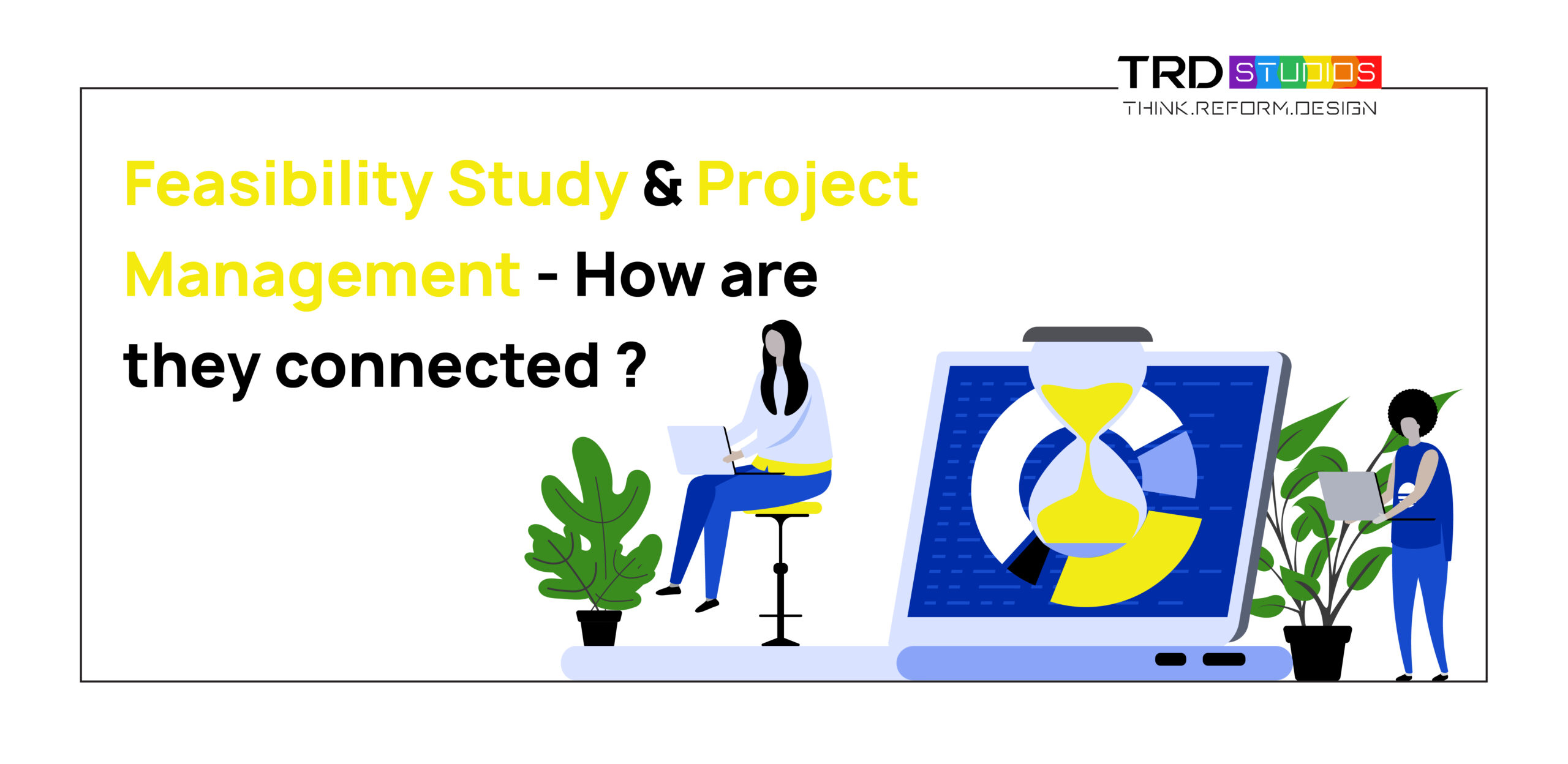Every other day consumers become aware of innumerable new products launched in the market. Some of them turn out to be successful, while the others not so much.
The reasons could be many. Either the products don’t match up to customer expectations or are launched before the market is ready for them. A situation may also present itself when the product sells faster than the company can replenish stocks on the shelves.
Situations like these happen due to fundamental issues in product lifecycle management.
What Is a Product’s Lifecycle?
Conception:
The conception phase is where a seed of an idea evolves into a viable product concept. The product feasibility is evaluated at this stage. It has sufficient demand to meet acceptable sales targets that would deliver an adequate return on investment throughout its lifecycle to be an attractive proposition. It will also be examined if the business has the resources available to design and develop that idea into a product.
The product’s marketability will come down to whether the product is appealing to consumers at the target price. The target audience’s demographics will play a role here, apart from the existing competition and the rival products under development.
The return on investment assessment considers sales figures against development, operating, and support costs over the product’s lifetime.
Design:
The design phase moves the product design into the prototype phase by creating a blueprint and performing conceptual activities. These steps help to evaluate a product against its design requirements.
The design phase is typically an iterative process, with feedback from each loop being used to refine the design until it satisfies all the stakeholders.
Product lifecycle management aids in creating, sharing, and managing data generated in the design phase. Current PLM systems centralize this data and track design progress with an integrated version control system. Design team members rely on this system to track the changes during each iteration of a product’s lifecycle.
Realization:
The realization phase is about transforming the design into a production-ready product ready to be manufactured at scale. The final product is then released to the market, and the sales and marketing processes take over here.
Deployment:
The deployment phase deals with the in-service stage of a product’s lifecycle. It encompasses product support and customer feedback to sort out serviceability issues. The product lifecycle management process uses this feedback for refining the product that can be fed back into the development process.
End-of-Life:
When the product lifecycle concludes, managing the withdrawal of the product through its disposal is necessary. Such products are usually replaced with a new variant that is an improvement over the product facing redundancy. The older variant may exist in the supply chain for a while. A well-formulated product lifecycle management process will support the eventual withdrawal of the product as efficiently as possible.
Overview of Product Lifecycle Management
Product lifecycle management (PLM) is the process of managing the life cycle of a product both efficiently and effectively to ensure that the business goals are achieved.
To achieve these aims, one must manage the business processes all across a product’s lifecycle, such as supply chain and last-mile delivery to the end-user. Product lifecycle management includes all the following facets of a product’s lifecycle.
- Initial Design and Development.
- Efficient Manufacturing Process
- Marketing
- After-Sales Support.
- Handling a Product’s End-Of-Life Scenario.
When designing physical products, an effective product lifecycle management strategy must involve all stakeholders involved in the product’s production to help streamline the designing and production process.
The primary goal of any good product lifecycle management is to produce the right product for the market at the right time and generate consumer demand, and outperform competitors to maximize profits.
A truly effective product lifecycle management process must integrate well with the cornerstones of any comprehensive business management system:
- Enterprise Resource Planning (ERP)
- Supply Chain Management (SCM)
- Customer Relationship Management (CRM)
- Supplier Relationship Management (SRM)
Why Do Companies Need PLM?
Many companies have to contend with the complexity of doing business. Ensuring that product design, supply chain management, and distribution activities remain in sync with each other is often a herculean task.
Increasing global competition is driving prices down and coupled with constantly shifting regulations. Your business needs high-quality products that move quickly from the drawing board to the market shelves to earn a profit.
The Elements of Modern PLM:
Along with the inception, design, and manufacturing of products, product life cycle management strategies work to leverage insight from the market that will improve existing products and work on new merchandise.
There are undoubtedly essential elements of product lifecycle management to consider relative to a product’s life cycle. These would be:
Implementing Information Technology:
Effectively implementing information technology aids the product lifecycle management process by organizing the available product data into silos. These include design, supply chain information, and marketing and sales. All the information mentioned is connected and can be accessed in a single location with the help of information technology.
Mapping Processes:
Next comes mapping all the disparate teams of people who have a critical role to play in the product’s lifecycle. Now the skillsets needed and critical stakeholders should be identified for each step.
Formulating the plan for designing, developing, and distributing the new product and sharing the program with all concerned will help proceed in a manner devoid of any confusion and make the PLM effective.
Managing Production Methods:
Accelerating the time to market phase while simultaneously balancing cost, quality, and compliance considerations is an essential facet of product lifecycle management.
Improving Product Innovation:
It helps build a pipeline of ideas and potential valuable offerings that assist product innovation.
Speeding Up Commercialization:
Identifying the stumbling blocks that impede the development of new products and emphasizing resolving the issues to speed up the commercialization of the product. Standardizing the various processes can help in this endeavor.
Challenges in Product Lifecycle Management:
While attempting to accommodate complex product development processes, organizations often struggle with separate departments and data quality issues. Disparate software systems increase costs due to inefficiencies and lethargic product commercialization.
From the early days of managing product data, PLM capabilities have evolved to include quality control, sourcing, portfolio management, customer management, analytics, and after-sales service.
Benefits Of Product Life Cycle Management
It would be abundantly clear that an efficient PLM helps the product remain relevant through its lifecycle. The importance of a lucid PLM system cannot be stated enough.
Time to Market:
With the benefit of a central database, a product can progress from design to launch with minimal rework and redundancy of effort. What results is a quicker time to market and allows the business to stay one step ahead of the competition.
Compliance Woes:
It becomes easier to comply with all laws and regulations, thereby reducing the risk of expensive recalls and legal action. Any loss of sale and consumers are also avoided.
Costs:
Better communication and collaboration result in significantly less re-work and re-design as the product incorporates consumer preferences and compliance requirements initially itself. This cuts back on costs associated with multiple designs and product testing iterations.
Productivity:
The benefit of easy access to information is increased productivity. Less time is lost on replicating data and requesting information. Unproductive parallel activities are avoided by having a sound PLM system in place.
Increased Revenue:
Courtesy of reduced costs and a faster time to market, a good PLM will accelerate revenue. The greater a product’s reliability, the more loyal its customer base will be, which translates into more sales.
Product Quality:
A unified strategy ensures consistency in product quality. Through a robust PLM process, it is easy to build checks for product quality into all the processes to ensure customer satisfaction.
Implementing a PLM System
PLM systems streamline and integrate the processes into a cohesive solution that all stakeholders, including project managers, designers, to marketing professionals, can access when required.
This visibility helps prevent ambiguity regarding requirements. It also ensures that the viewpoints of all stakeholders are taken into consideration.
A well-implemented PLM system will improve project delivery by efficiently managing workflows and reducing development times to achieve a faster time to market. This timeline improvement is crucial in a competitive marketplace as it grants the first-mover advantage and other tangible benefits when it beats the competition to the post.
Conclusion
A formal product lifecycle management is sure to deliver improvements across the development phases of a project. Benefits are readily available to project management and all stakeholders, including the product design team. Product lifecycle management is often supported by ERP software that provides the tools to collaborate, share information, and design, develop, source, and sell a product more efficiently. PLM is complimented by modern ERP software as it helps curtail manual processes and standardize data.




